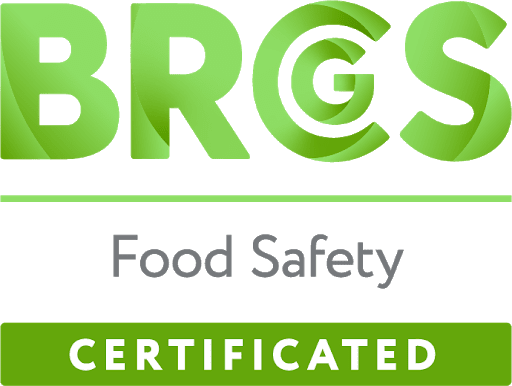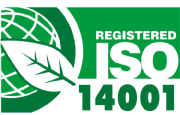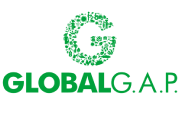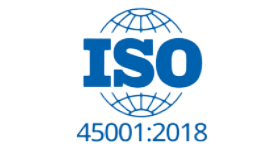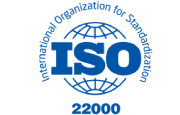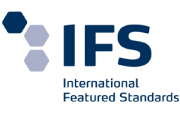
WELFARE
Farming of fish and other aquatic species has increased in recent decades, and the husbandry practices used and associated welfare issues are becoming increasingly focused on by policy makers, scientists and consumers. Scientific approaches to assess fish welfare are continually evolving.
In order to achieve good welfare conditions in fish farming, fish should be offered feed that is optimal in nutrient content, quantity and physical appearance for the species in question. The environmental conditions regarding farm design (tanks, cages), water quality (oxygen content, temperature, etc.) and stocking density should be appropriate to the species and life stage in question. It is also important to implement good management procedures in order to prevent injuries, prevent diseases (vaccination) and detect and report disease outbreaks quickly.
Ilknak has developed a new "humane" slaughtering method for bass and bream in order to replace the traditional way of slaughtering with a "humane fish slaughter system".
With the new system, fish are "humanly" pumped from their pen onto the harvesting vessel where an electrical stunner leaves them unconscious.


